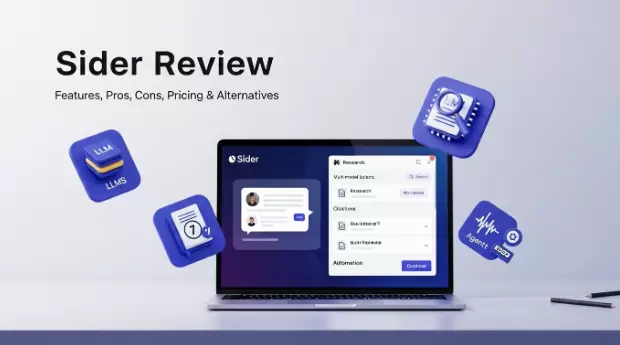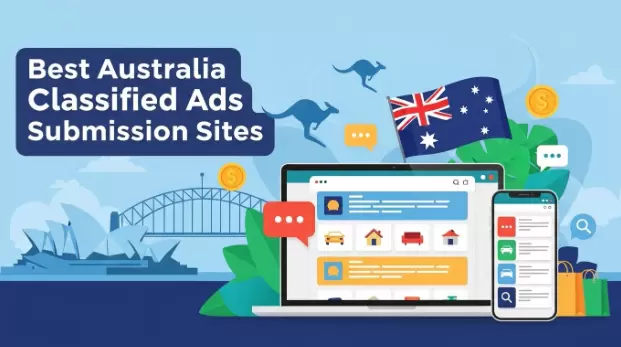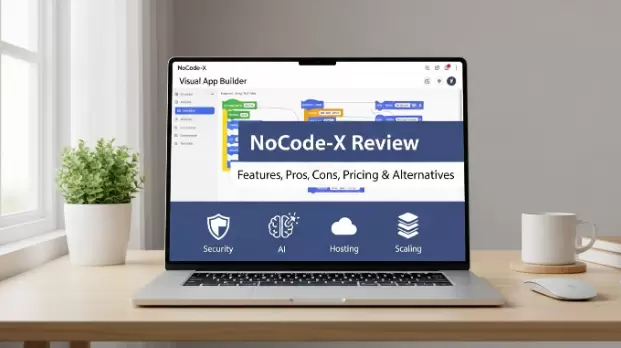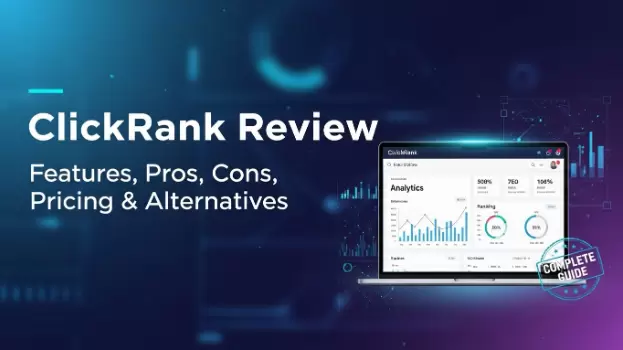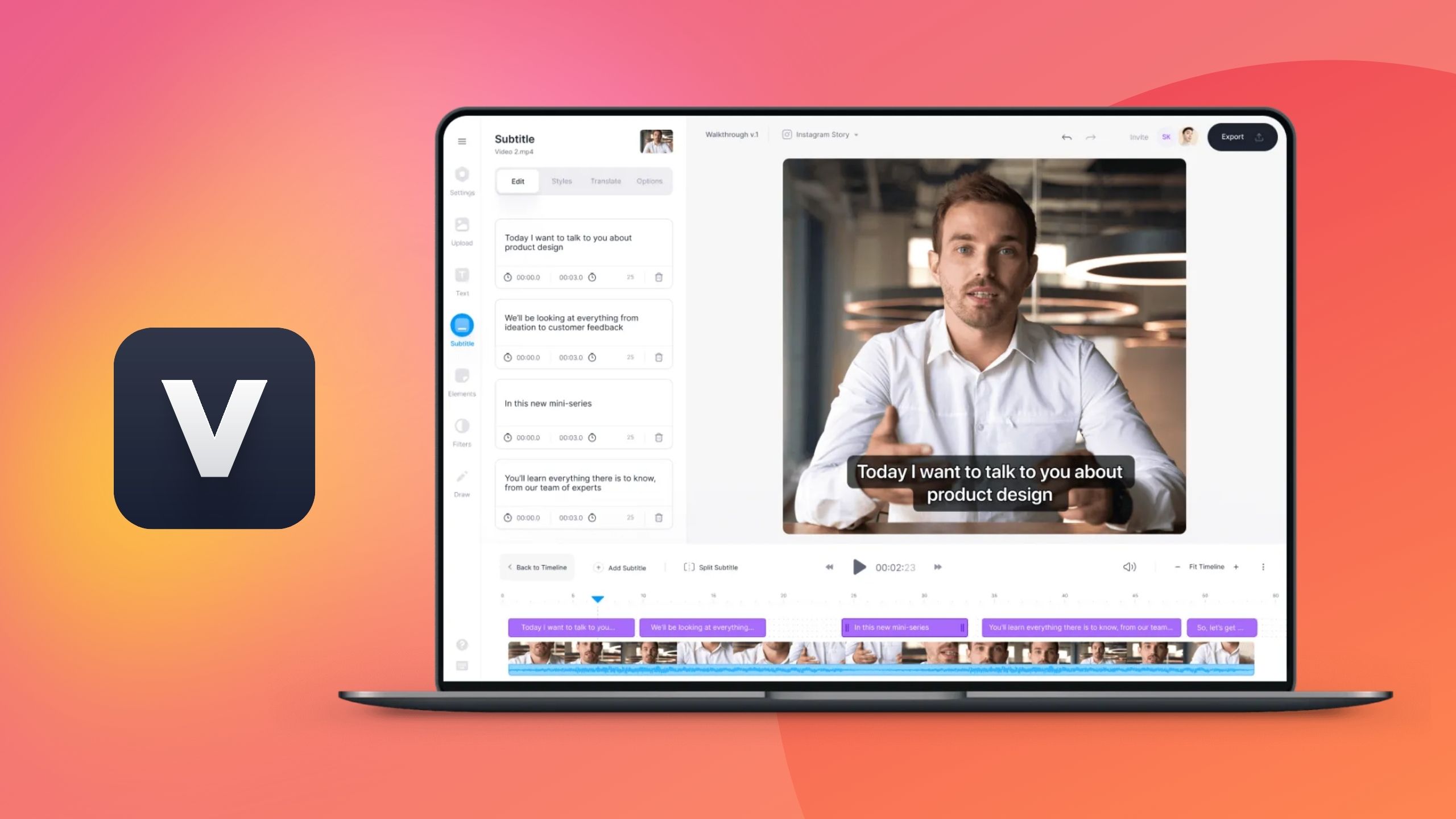The 'People Also Ask' (PAA) box gives websites a fast track to the top of Google results. Whether you run a blog or a business, showing up here can put your answer in front of millions. Google's PAA offers users quick solutions to common questions in bite-sized pieces. If your answers work, you can grow your audience and improve your authority, without a cost for advertisements.
To be the source that Google trusts, you need to know a lot about SEO, be curious, and be willing to generate content that people want to read. Here's how you can join the sites showing up in 'People Also Ask' and win more clicks.
Understanding the 'People Also Ask' Feature
What is 'People Also Ask'?
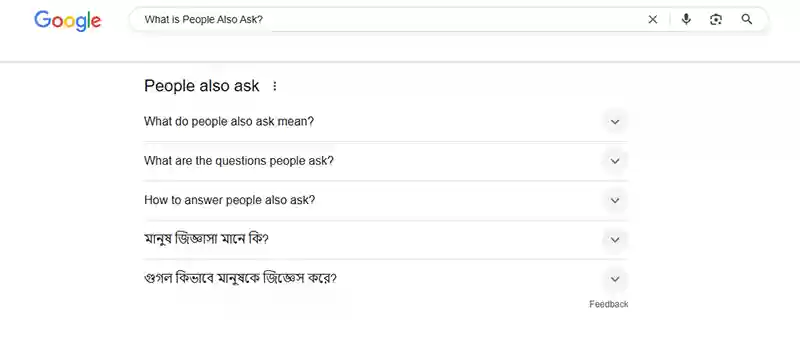
The 'People Also Ask' box sits high in most Google search results. It's packed with questions related to the main query that you typed in. When you click on a question, a short answer drops down. New questions keep popping up as you interact, making this box almost endless.
The PAA feature resembles a magic box for users who want fast answers and for website owners aiming to draw in curious searchers. Google often pulls these snippets from trusted websites, sometimes the same ones showing up in featured snippets, sometimes totally different.
How Google Selects Questions for PAA
Google's search system sorts through millions of questions and answers on the web. It looks at the words people use, what they're clicking, and which pages they trust.
Here’s what shapes the questions popping up in the PAA:
- Actual search behavior. Google reviews what people are genuinely searching for and which questions come up often.
- Similarity to the main search. PAA topics overlap, expand, or narrow down the user's original question.
- Answer quality and structure. Google prefers content which is clear, simple, and most likely to answer the question quickly.
In the end, relevancy, clarity, and what the user wants are the most important things. If your page answers what users are searching for, your likelihood of being selected.
Why Being Featured in PAA Matters for Traffic and Visibility
Think of PAA as the “shortcut” to Google’s main stage. You do not have to rank #1 to get lots of clicks. By landing in the PAA box, you leapfrog over much of the competition.
Benefits include:
- Landing on page one. You reach users before they scroll.
- Double listings. Your answer and organic listing can both appear.
- Lasting authority. People trust answers they see right away.
- Cost-free exposure. No ads, just honest answers.
Google rewards straight answers, so clear writing wins.
Effective Strategies to Appear in 'People Also Ask'
Knowing how PAA works is the first step. Next, fine-tune your pages to get picked by Google’s algorithm. Let’s break down key ways to land in the PAA box.
Identify Relevant PAA Questions for Your Niche
The right question is half the battle.
How to find these? Start with:
- Manual search. Type in your main keyword and see which questions pop up.
- SEO tools. Semrush, Ahrefs, and MOZ reveal questions that show up often.
- "People Also Ask" scrapers. Tools like AlsoAsked or Answer the Public organize popular questions fast.
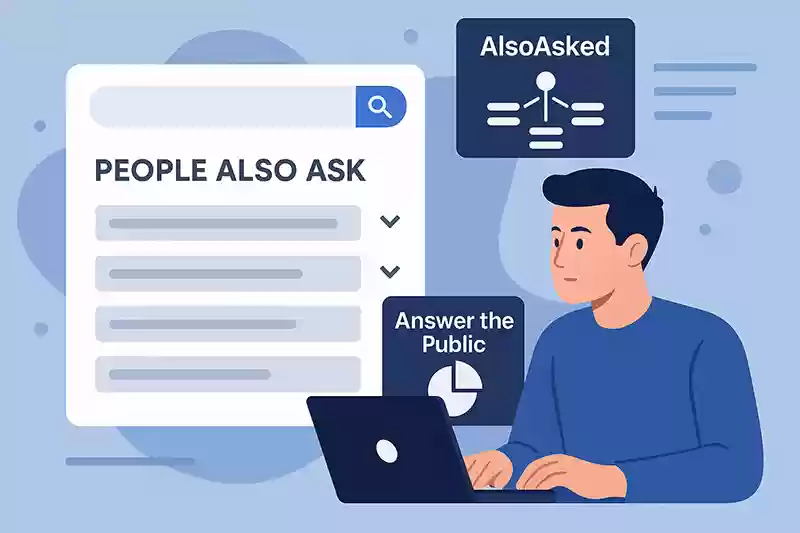
Tips:
- Choose questions that match your audience’s needs.
- Focus on queries with clear intent—those that users want quick, direct answers to.
- Track which questions come up for multiple variations of your keywords. These have a higher chance of sticking.
Content Structuring Best Practices for PAA
Content format can make or break your shot at being featured. Google likes simple, scannable writing.
Best practices:
- Use question-based subheadings. Make them exact or close to PAA questions from your research.
- Answer the question right after the heading. Start with the answer, then explain. Aim for 40–60 words in your direct response.
- Keep structure clear. Bulleted lists, tables, and numbered steps often get picked.
- Use simple words. Write so anyone can follow along, not just experts.
- Follow a question-answer-hint format. Write the question, give a short answer, then offer extra context.
Optimizing On-Page SEO for PAA Eligibility
Even if your content is perfect, technical setup can block your chance to appear. Make sure your site sends strong credibility signals.
Focus on:
- Schema markup. Add FAQ schema and other structured data, so Google knows which parts of your page answer questions.
- FAQ sections. Dedicate areas to common questions and answers on topic pages.
- Boosting E-E-A-T: To boost your E-E-A-T, it's necessary to show that you're Experienced, Expertise, Authoritativeness, and Trustworthiness. Be careful to establish a clear the authors profiles, give credit to your sources, and keep your work updated.
- Internal links. Link related questions and answers, which helps both users and search engines.
- Page speed and mobile optimization. PAA boxes often appear on mobile. Ensure that your site has an appealing interface and loads in the least amount of time on any device.
Monitoring, Measuring, and Implementing Your Approach
Getting into the PAA box isn't a “set it and forget it” project. You need to keep an eye on how your pages perform and adjust as needed.
Track your progress with:
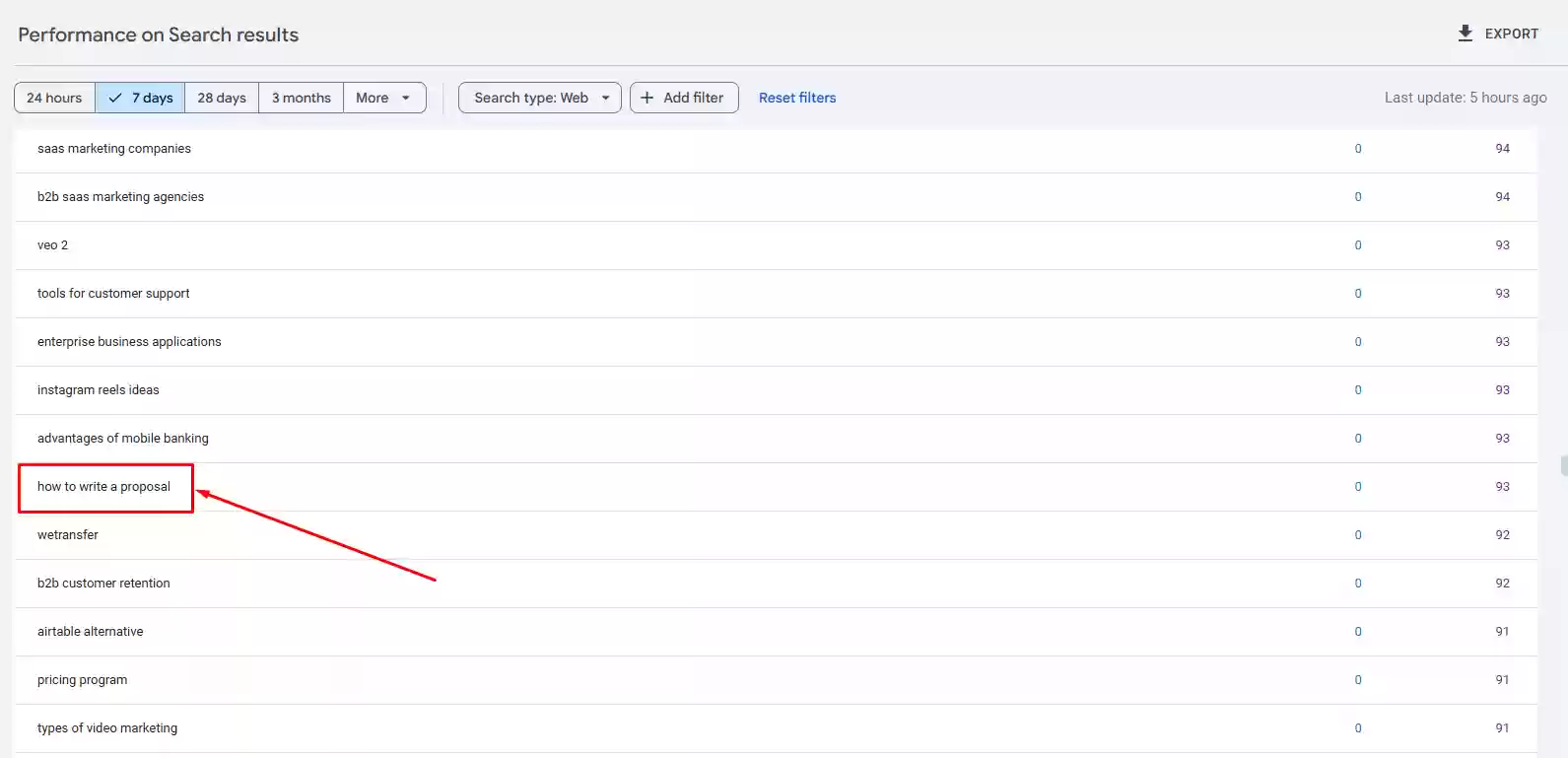
- Google Search Console. Watch impressions and clicks from question keywords.
- SEO tools. Many now show PAA rankings and even alert you when your page appears.
- Manual checks. Search your targeted questions every few weeks. Algorithms update often.
Adapt by:
- Improving answers that drop out of PAA.
- Adding new questions as trends change.
- Refreshing answers for new stats or better clarity.
Conclusion
Getting a place in the 'People Also Ask' box distinguishes your site and attracts additional traffic without additional expense. Answering actual questions, keeping your content clear, and maintaining solid SEO signals get you higher chances of being trusted by Google.
Start small. Choose a few questions, respond to them briefly, and see how users react. With focus and smart updates, you'll establish authority and see your site rise in the search rankings.
Ready to show up when users need you most? Follow these steps and join the list of sites leading the conversation in your space.
Frequently Asked Question :
How long does it take to appear in People Also Ask after optimizing my content?
It can vary considerably — anything from several weeks to a few months. It's like planting a garden. Some seeds grow fast, some do not. Some seeds develop quickly, some don't. Google must crawl your content, test how users respond, and trust your answers.
Can small websites compete with big brands for PAA spots?
Yes! PAA isn't a popularity contest. Google picks the best answer, not the biggest brand. A small blog explaining “how to change a tire” can beat a major automotive site if the explanation is clearer and more helpful.
What's the ideal length for answers that get featured in PAA?
Aim for 40–60 words in your direct answer. Think elevator pitch length — enough to be helpful without overwhelming. Answer the question immediately, then add details below.
Do I need special tools to find PAA questions?
Not really. Start simple — just search your main keywords and see what questions pop up. Free tools like Answer the Public help, but your own searches often reveal the best opportunities.
Will appearing in PAA hurt my regular search rankings?
No, it's actually a bonus. You can appear in both PAA and regular search results simultaneously. It's like receiving two tickets to the lottery instead of one.
How often should I update my PAA-optimized content?
Check your target questions monthly. If you drop out of PAA, refresh your answer. Add new stats, clearer examples, or better explanations. Google loves content that stays current and useful.

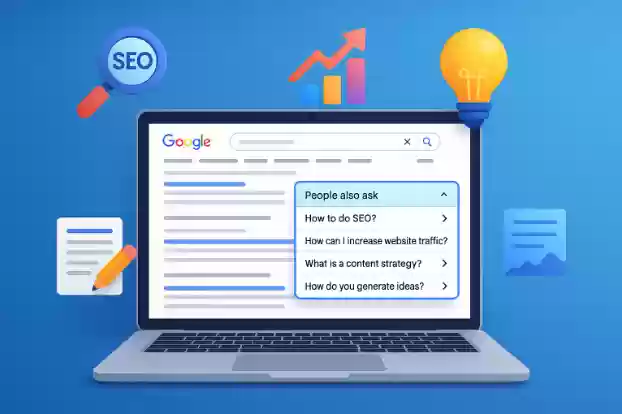
 Table of Content
Table of Content
